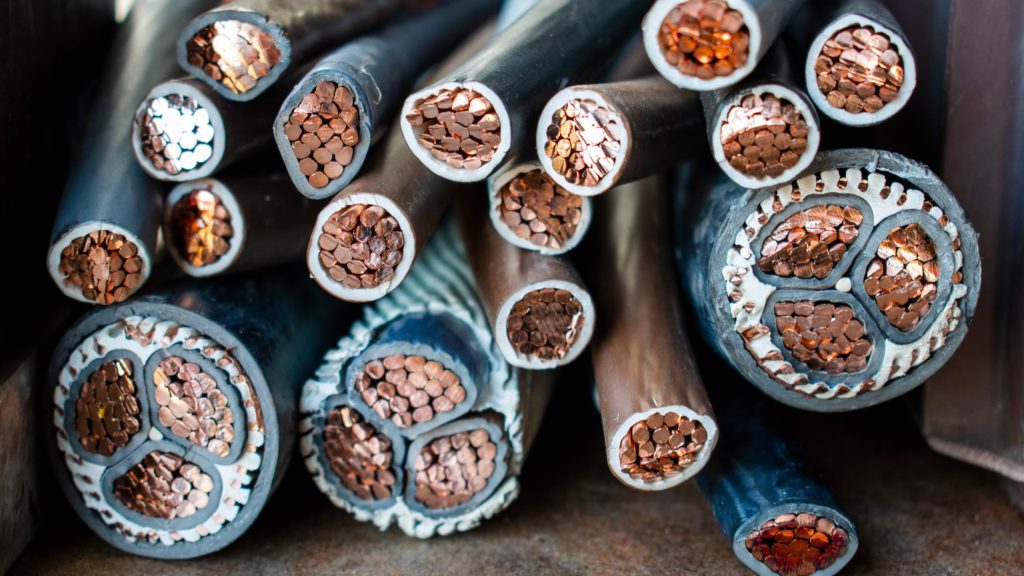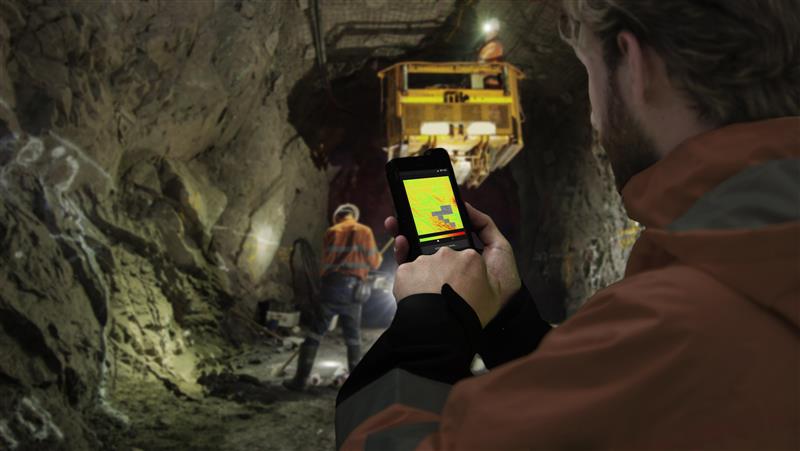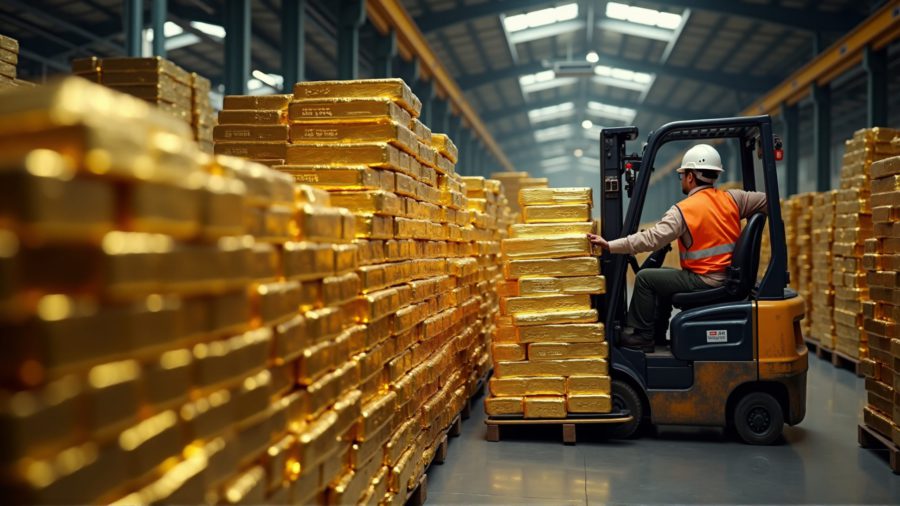Buried fortune of old copper wire is worth billions to telcos

AT&T Inc., BT Group Plc, Orange SA and their global peers are preparing to tap a rich new source of revenue: their old copper wiring.
In the migration to fiber-optic cable, telecommunications companies could recover as much as 800,000 metric tons of copper over the next decade, worth more than $7 billion at today’s prices, according to estimates from TXO, a UK-based firm that provides engineering services to the industry.
“We’ve got all of this material, sitting redundant,” said David Evans, who runs asset recovery at TXO. The firm is working with BT, and Evans says discussions are under way with more than a dozen telcos worldwide about copper recovery. “It’s an enormous commercial opportunity.”
A critical component of electric-vehicle batteries, wind turbines and other clean-energy infrastructure, annual demand for copper may grow more than 50% by 2040, according to estimates from BloombergNEF. At the same time, mining is becoming more difficult and expensive.
That anticipated squeeze has already driven prices up 50% from pre-pandemic levels. Even the highest recovery estimates would make up a tiny fraction of annual copper demand, possibly less if the migration to fiber-optic is only partial, or some copper cables have to remain to avoid major disruptions, including maintaining access to critical health services in some places. Still, the additional supply would be welcomed.
AT&T says it is thinking strategically about where it focuses its copper recycling efforts. Between 2021 and 2023, the company recycled more than 14,000 tons of copper and expects the business to increase.
“With copper prices where they are, we are scaling quite significantly,” said Susan Johnson, an executive vice-president at AT&T leading its copper recovery and resale efforts. The company is currently working with four copper reclamation centers in the US and plans to add more.
Openreach Ltd., a subsidiary of BT that runs its network infrastructure, estimates it can recover up to 200,000 tons of copper through the 2030s. “Recovering the copper cables generates a net income, even after the costs of extracting the cables and processing them,” a spokesperson said via email.
After the cables are pulled out of the ground, they have to be stripped and cleaned to obtain the copper, which can then be sold to domestic and international buyers. At prices between $6,000 to $9,000 per ton, profit can top 30% after extraction, recovery and processing costs, said TXO’s Evans.
Copper is widely used in industries ranging from electronics to construction. Between 2009 and 2019, more than 30% of the red metal was recycled, according to the International Copper Association.
In the energy transition, “copper is one particular pain point,” said Brett Orlando, global head of commodity transition at Bank of America Corp. The shortage is encouraging companies to “look in places that maybe we didn’t think of before.”
(By Sheryl Tian Tong Lee and Todd Shields)
More News
Study confirms drop-in electrode technology enables 10 minute EV charging at -10 °C
April 14, 2025 | 04:06 pm
Newmont deploys Ericsson private 5G at Australia’s largest underground mine
April 14, 2025 | 01:20 pm
{{ commodity.name }}
{{ post.title }}
{{ post.date }}




Comments